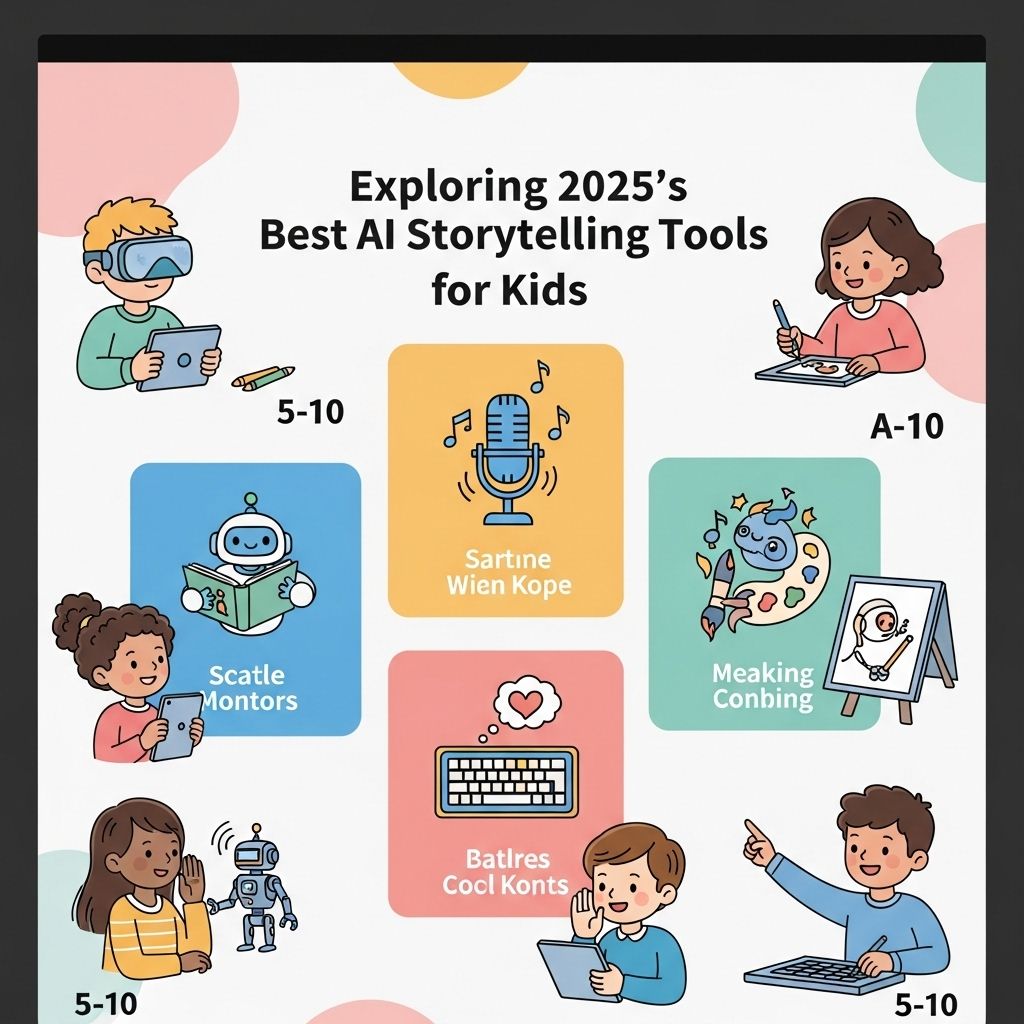2025 Guide to Remote Access with VDI: Best Practices
Explore the ultimate 2025 guide to remote access with VDI, featuring best practices, tips, and trends for seamless connectivity and productivity.

As the world continues to embrace remote work, organizations are increasingly looking for effective solutions to maintain productivity and security in their operations. Virtual Desktop Infrastructure (VDI) has emerged as a powerful tool that allows employees to access their desktop environments from anywhere, ensuring that they remain connected while working remotely. In this article, we explore the benefits, challenges, and best practices for implementing VDI in a remote access strategy for 2025.
Table of Contents
Understanding VDI
Virtual Desktop Infrastructure (VDI) is a technology that allows desktop environments to be hosted on a centralized server and accessed remotely via various devices. This setup typically includes:
- Virtual Desktops: Hosted on a server, providing a full desktop experience.
- Centralized Management: Simplifies updates and security management.
- Accessibility: Users can access their desktops from any device with internet connectivity.
Key Components of VDI
To implement a successful VDI solution, several key components need to be considered:
- Hypervisor: Software that creates and manages virtual machines.
- Connection Broker: Manages the connection between users and their virtual desktops.
- Storage System: Provides data storage for virtual machines.
- Network Infrastructure: Ensures secure and reliable access to remote desktops.
Benefits of VDI
There are several compelling advantages of using VDI for remote access, including:
1. Enhanced Security
By centralizing data and controlling access, VDI significantly reduces the risk of data breaches. Key security features include:
- Data Encryption: Protects data in transit and at rest.
- Centralized Data Control: Prevents data loss by storing files on the server instead of local devices.
2. Improved Accessibility
VDI allows employees to access their work environments from various devices, including laptops, tablets, and smartphones. This flexibility can lead to:
- Increased Collaboration: Teams can easily work together regardless of their physical locations.
- Business Continuity: Employees can continue working during unforeseen events (e.g., natural disasters, pandemics).
3. Cost Savings
Organizations can reduce costs through VDI by:
- Lower Hardware Expenses: Older devices can run virtual desktops effectively.
- Reduced Maintenance Costs: Centralized management means lower IT overhead.
Challenges of VDI Deployment
Despite its many benefits, deploying VDI comes with certain challenges:
1. High Initial Investment
The initial setup cost for VDI can be significant, including expenses for:
- Hardware: Servers, storage, and networking equipment.
- Licensing: Software licenses for the hypervisor and management tools.
2. Network Dependency
VDI performance heavily relies on network speed and reliability. Organizations must ensure:
- High Bandwidth: To support multiple users accessing virtual desktops simultaneously.
- Low Latency: To maintain a responsive user experience.
3. Complexity in Management
Managing a VDI environment can be complex, requiring:
- Skilled IT Staff: Personnel must be trained in VDI technologies and best practices.
- Ongoing Maintenance: Regular updates and patches for software and hardware.
Best Practices for Implementing VDI
To maximize the benefits of VDI while mitigating challenges, consider the following best practices:
1. Conduct a Needs Assessment
Before deploying VDI, perform a thorough assessment to understand:
- User Requirements: Determine the specific needs of different teams.
- Performance Expectations: Identify baseline performance metrics for virtual desktops.
2. Choose the Right VDI Solution
Different VDI solutions cater to different organizational needs. Consider:
| VDI Solution | Key Features | Best For |
|---|---|---|
| VMware Horizon | Robust management tools, integration with existing VMware infrastructure | Large enterprises |
| Citrix Virtual Apps & Desktops | Flexible deployment options, strong security features | Businesses with remote teams |
| Microsoft Azure Virtual Desktop | Integration with Microsoft 365, cost-effective for Microsoft users | Organizations using Microsoft services |
3. Plan for Scalability
As your organization grows, so will your VDI needs. Ensure your infrastructure can scale by:
- Investing in Cloud Solutions: Consider hybrid solutions that allow for easy scaling.
- Monitoring Usage: Regularly review resource usage and adjust capacity accordingly.
VDI in 2025 and Beyond
As we look toward 2025, the VDI landscape will continue to evolve. Key trends to watch include:
1. Growing Adoption of Hybrid Work Models
Organizations will increasingly adopt hybrid work models, making VDI essential for ensuring seamless transitions between in-office and remote work.
2. Advances in Cloud Technology
Cloud-based VDI solutions will become more sophisticated, enhancing flexibility and reducing costs.
3. Enhanced User Experience
Expect improvements in user interfaces and performance optimization, leading to a smoother and more efficient user experience.
Conclusion
VDI presents a powerful solution for organizations navigating the complexities of remote work. By understanding its benefits, challenges, and best practices, companies can effectively implement VDI to enhance productivity, secure sensitive data, and prepare for the future of work. As technology continues to evolve, staying informed and adaptable will be key to leveraging VDI effectively.
FAQ
What is VDI and how does it facilitate remote access?
VDI, or Virtual Desktop Infrastructure, allows users to access a virtualized desktop environment hosted on a central server, enabling remote access from any device with an internet connection.
What are the benefits of using VDI for remote work?
VDI provides enhanced security, centralized management, and the ability to access a consistent desktop experience from anywhere, making it ideal for remote work.
How does VDI improve security for remote access?
VDI enhances security by keeping data centralized and protected on servers, reducing the risk of data breaches on local devices.
What types of businesses benefit most from VDI?
Businesses with remote teams, those requiring secure data access, and organizations with fluctuating workforce needs can greatly benefit from VDI solutions.
What are the key considerations when implementing VDI for remote access?
Key considerations include network bandwidth, server capacity, user experience, and the choice of VDI solution that best fits the organization’s needs.
How can I ensure a smooth transition to VDI for remote access?
Planning a phased implementation, providing user training, and ensuring robust support options can help facilitate a smooth transition to VDI.







